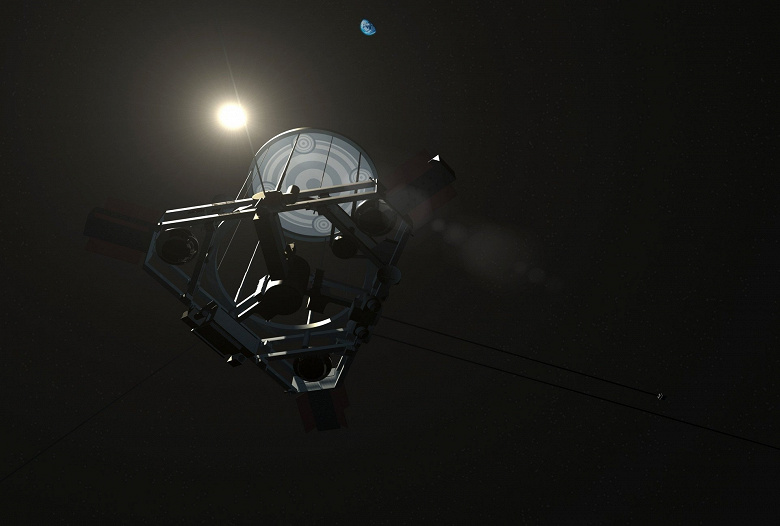In a groundbreaking exploration of technological possibilities, Professor Alex Ellery from Carleton University has revisited John von Neumann’s visionary concept of a “universal constructor”. He proposes that self-replicating machines could be the most efficient method for advanced civilizations to explore and possibly colonize the galaxy. According to theoretical calculations, probes launched from a single planet could, over several billion years, traverse the entire Milky Way.
Ellery suggests that if such systems exist, they may have already reached our Solar System. This proposition adds a new dimension to the work of the Search for Extraterrestrial Intelligence (SETI), urging a focused search for their technologies and remnants. The motivation behind deploying self-replicating probes primarily centers around the survival of civilizations, allowing them to escape the constraints of a star’s lifespan, geological threats, and conduct military reconnaissance to identify potential dangers and allies.
While scientific curiosity plays a lesser role, the need for resources and security often drive these expansions. Unlike biological organisms, these machines are not limited by gravitational forces, food supplies, life-support systems, or waste management. They can harvest materials from asteroid belts, moons, and minor celestial bodies along their path.
Following this logic, Ellery outlines a six-step cycle typical of intelligent, self-replicating machines. Initially, they exploit available asteroids and moons for constructing materials. Next, they create reconnaissance devices to assess resource distribution and identify habitable zones. Subsequently, they establish production bases at resource-rich locations, scaling up manufacture of new factories, scout probes, and ‘caretaker’ systems. The fifth stage involves detailed exploration, culminating in the sixth stage where they fulfill ‘targeted tasks’ such as building large habitable stations or even seeding life on planets while being careful not to interfere with indigenous biospheres.

Illustration: NASA / JHUAPL
These activities are expected to leave technological markers, distinguishable from natural processes. Ellery highlights the significance of resource bases; observations indicate that asteroid and small body compositions in nearby planetary systems are similar to our own. They predominantly consist of oxygen, magnesium, silicon, and iron, alongside smaller amounts of volatile elements – characteristics typical of asteroids and moons in our solar system.
Ellery calculates that while asteroid mining processes may be challenging to differentiate from natural events, the Moon stands out as an optimal site for a long-term industrial base. Its substrate is rich in silicon oxides, metals, and remnants of ancient asteroid impacts, providing favorable conditions for automated manufacturing setups. He suggests that these intelligent systems could be powered by nuclear reactors, such as those similar to Magnox reactors, assembled using lunar resources.
The key indicators of such hypothetical reactors could be altered isotopic ratios of certain elements. Ellery notes that tech markers might include abnormal isotopic ratios of Thorium-232, Neodymium-144, and Barium-137 in lunar rocks, alongside specific magnetic anomalies deep within the Moon’s layers.
Ellery theorizes that a self-replicating probe may have left a ‘gift’ on the Moon – a concealed artifact or universal constructor designed to be found only by a civilization at a certain technological level. He argues that searches for these signs should be integrated with upcoming lunar exploration missions, which will inevitably map resources such as nickel, cobalt, tungsten, and other metals in detail.
Ellery advocates for SETI’s community to broaden its scope beyond traditional detection of distant radio signals to include methodical investigations within our own planetary system – from lunar samples to the Kuiper Belt, where compact automated devices might be lurking. He emphasizes that the largely unexplored solar system could harbor the most pronounced traces of self-replicating probes.”Finding anomalies in isotopic ratios, unusual structures, and concealed artifacts on the Moon or small celestial bodies offers a chance to obtain direct evidence of other civilizations, or at least redefine humanity’s developmental trajectory as it prepares to industrialize the Solar System,” he concludes.





